
Kód: 08845292
Estimation of Mercury Bioaccumulation Potential from Wastewater Treatment Plants in Receiving Waters: Phase 1
Autor R. Mason
This project was initiated in response to the establishment of mercury TMDLs around the country and issues raised by this process, specifically concerning the issue of mercury bioavailability. While many of these studies recognize ... celý popis
- Jazyk:
 Angličtina
Angličtina - Vazba: Brožovaná
- Počet stran: 232
Nakladatelství: IWA Publishing, 2009
- Více informací o knize

Mohlo by se vám také líbit
Informovat o naskladnění knihy
Zadejte do formuláře e-mailovou adresu a jakmile knihu naskladníme, zašleme vám o tom zprávu. Pohlídáme vše za vás.
Více informací o knize Estimation of Mercury Bioaccumulation Potential from Wastewater Treatment Plants in Receiving Waters: Phase 1
 Anotace knihy
Anotace knihy
This project was initiated in response to the establishment of mercury TMDLs around the country and issues raised by this process, specifically concerning the issue of mercury bioavailability. While many of these studies recognize that point sources constitute a small fraction of the mercury load to a water body, a question has been raised concerning the relative bioavailability of mercury coming from various sources. For instance, is the mercury discharged from a wastewater treatment plant more or less bioavailable than mercury in precipitation, mercury in urban stormwater, or mercury in sediments? This project seeks to address this question by developing a reliable definition and approach to estimating bioavailability, by profiling various sources of mercury in a watershed with regard to the species of mercury present and by profiling those factors or conditions in either the effluent or the receiving water that enhance or mitigate the bioavailability of those forms. There were several important objectives relevant to the estimation of bioavailability and potential bioaccumulation of mercury from wastewater treatment plants and other sources in receiving waters. The first was to develop a working definition of bioavailability. For purposes of this project, this definition includes not only methylmercury, the form of mercury that readily bioaccumulates in aquatic food chains, but also bioavailable and potentially bioavailable inorganic mercury species that can be converted to methylmercury within a reasonable time frame. It is concluded that the strength of binding to solids and mercury-sulfur-organic matter associations are major factors in determining the bioavailability of inorganic Hg. A second major objective was to identify those factors or conditions in both the effluent and the receiving waters that enhance or mitigate the transformation of inorganic mercury to methylmercury and its subsequent bioaccumulation. Profiles were developed for various sources of mercury in watersheds, including wastewater treatment plants, with regard to bioavailable and potentially bioavailable mercury, and key factors in effluents and receiving waters that enhance or mitigate it. A procedure to assess the relative bioavailability of mercury from various watershed sources, including wastewater treatment plants was developed and tested using data from a US location. The project also features a literature review of conventional and emerging technologies for the removal of mercury from effluent streams and their effects on mercury bioavailability. A review of the salient aspects of mercury TMDLs completed by EPA and the states is also included. This project concludes that, based on available data and bioavailability as defined in this report, wastewater effluent is one of the lowest among the sources evaluated with respect to mercury bioavailability, along with urban runoff and mining runoff. Atmospheric deposition and contaminated sediments tend to be among the highest sources with respect to mercury bioavailability.
 Parametry knihy
Parametry knihy
Zařazení knihy Knihy v angličtině Technology, engineering, agriculture Environmental science, engineering & technology Sanitary & municipal engineering
- Plný název: Estimation of Mercury Bioaccumulation Potential from Wastewater Treatment Plants in Receiving Waters: Phase 1
- Autor: R. Mason
- Jazyk:
 Angličtina
Angličtina - Vazba: Brožovaná
- Počet stran: 232
- EAN: 9781843393573
- ISBN: 9781843393573
- ID: 08845292
- Nakladatelství: IWA Publishing
- Hmotnost: 524 g
- Rozměry: 234 × 156 × 18 mm
- Datum vydání: 01. April 2009
Oblíbené z jiného soudku
-
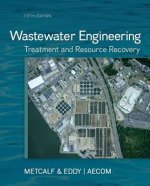
Wastewater Engineering: Treatment and Resource Recovery
8443 Kč -
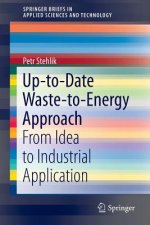
Up-to-Date Waste-to-Energy Approach
1681 Kč -
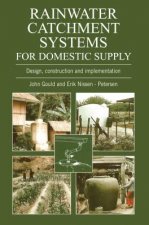
Rainwater Catchment Systems for Domestic Supply
1122 Kč -
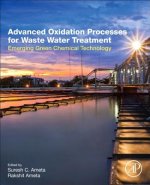
Advanced Oxidation Processes for Wastewater Treatment
4940 Kč -
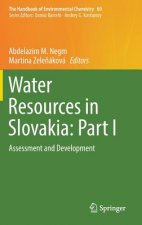
Water Resources in Slovakia: Part I
9842 Kč -
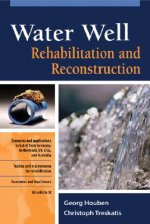
Water Well Rehabilitation and Reconstruction
3656 Kč -
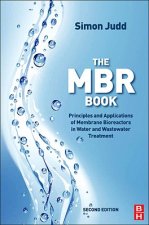
MBR Book
4957 Kč -
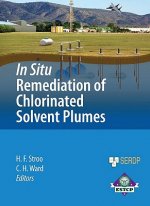
In Situ Remediation of Chlorinated Solvent Plumes
3663 Kč -
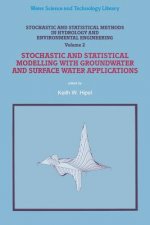
Stochastic and Statistical Methods in Hydrology and Environmental Engineering
3313 Kč -
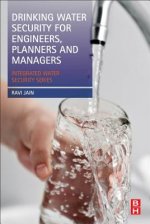
Drinking Water Security for Engineers, Planners, and Managers
2003 Kč -
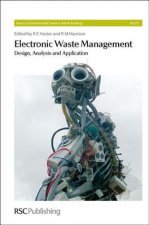
Electronic Waste Management
2473 Kč -
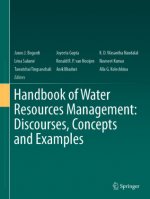
Handbook of Water Resources Management: Discourses, Concepts and Examples
6998 Kč -
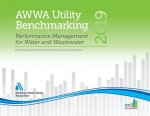
2019 AWWA Utility Benchmarking
6861 Kč -

Fluoride Deception
513 Kč -
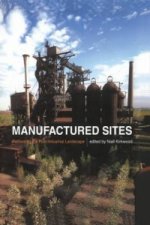
Manufactured Sites
1987 Kč -
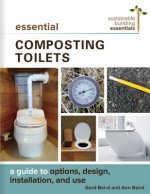
Essential Composting Toilets
950 Kč -
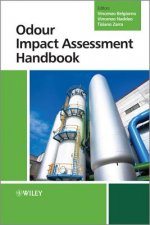
Odour Impact Assessment Handbook
5080 Kč -
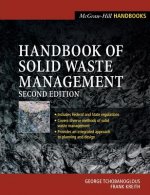
Handbook of Solid Waste Management
5888 Kč -
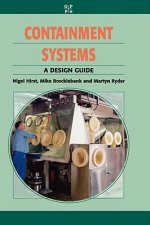
Containment Systems: a Design Guide
3505 Kč -
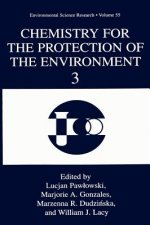
Chemistry for the Protection of the Environment 3
5094 Kč -
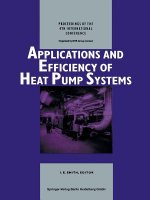
Applications and Efficiency of Heat Pump Systems, 1
5094 Kč -
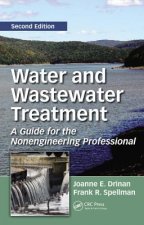
Water and Wastewater Treatment
5474 Kč -
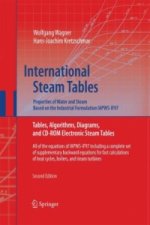
International Steam Tables - Properties of Water and Steam based on the Industrial Formulation IAPWS-IF97
6160 Kč -
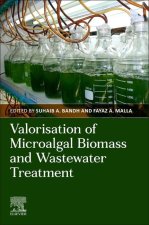
Valorization of Microalgal Biomass and Wastewater Treatment
4014 Kč -
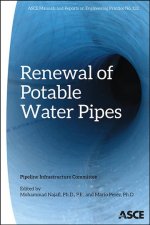
Renewal of Potable Water Pipes
3773 Kč -
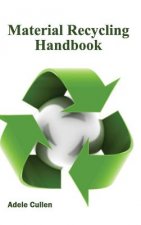
Material Recycling Handbook
4079 Kč -
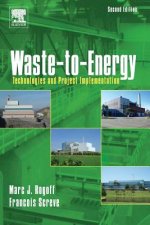
Waste-to-Energy
5267 Kč -
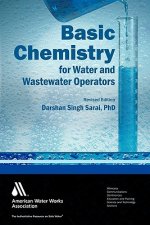
Basic Chemistry for Water and Wastewater Operators
3059 Kč -

Pay
842 Kč -

Bohrbrunnen
4384 Kč -
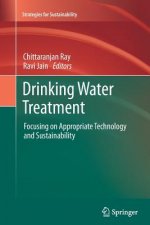
Drinking Water Treatment
4798 Kč -
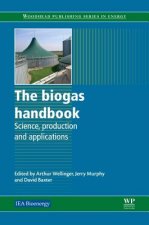
Biogas Handbook
5633 Kč -

Where Does My Poo Go?
222 Kč -
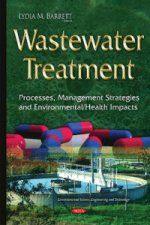
Wastewater Treatment
8502 Kč -
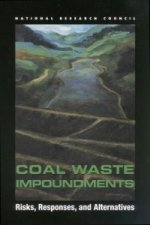
Coal Waste Impoundments
1474 Kč -
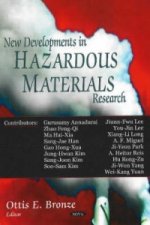
New Developments in Hazardous Materials Research
7165 Kč -
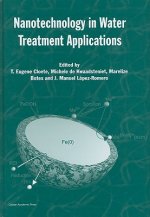
Nanotechnology in Water Treatment Applications
6969 Kč -
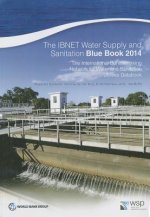
IBNET water supply and sanitation blue book 2014
1024 Kč -

Fire Protection
6680 Kč -
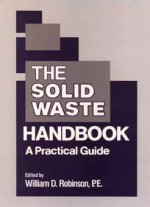
Solid Waste Handbook: A Practical Guide
9877 Kč -
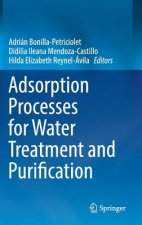
Adsorption Processes for Water Treatment and Purification
4798 Kč -
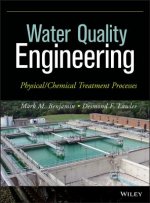
Water Quality Engineering
6308 Kč -
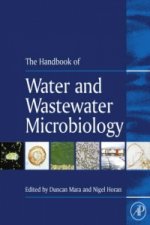
Handbook of Water and Wastewater Microbiology
6141 Kč -
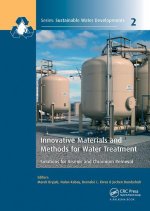
Innovative Materials and Methods for Water Treatment
1852 Kč -
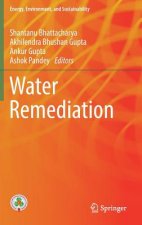
Water Remediation
5985 Kč -
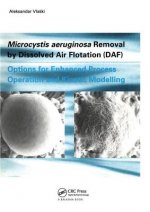
Microcystic Aeruginosa Removal by Dissolved Air Flotation (DAF)
2770 Kč -
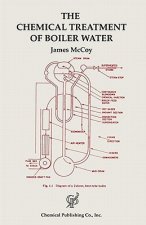
Chemical Treatment of Boiler Water
3227 Kč -
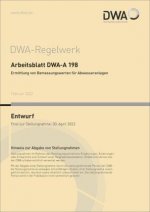
Arbeitsblatt DWA-A 198 Ermittlung von Bemessungswerten für Abwasseranlagen (Entwurf)
2317 Kč -
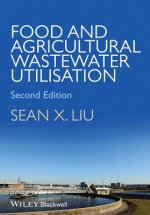
Food and Agricultural Wastewater Utilization and Treatment 2e
5298 Kč
Osobní odběr Praha, Brno a 12903 dalších
Copyright ©2008-24 nejlevnejsi-knihy.cz Všechna práva vyhrazenaSoukromíCookies




 Vrácení do měsíce
Vrácení do měsíce 571 999 099 (8-15.30h)
571 999 099 (8-15.30h)